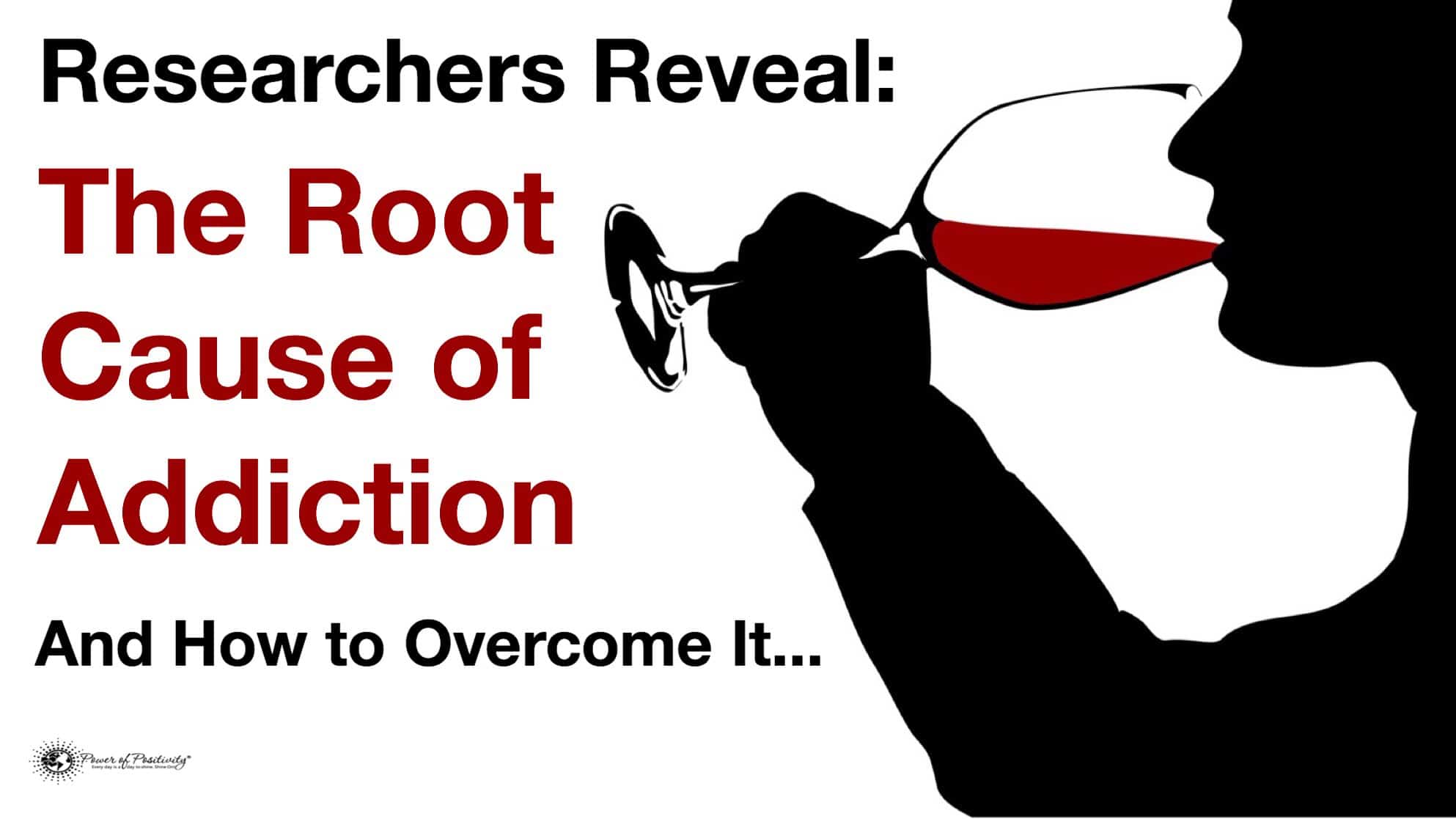“The opposite of addiction is not sobriety. The opposite of addiction is connection.” – Johann Harri
Intro: The Science behind Addiction
Science has discovered that addictive substances essentially “highjack” the brain’s reward system. According to the National Institute on Drug Abuse (NIDA), “drugs are chemicals that affect the brain by tapping into its communication system and interfering with the way neurons normally send, receive and process information.”
Interfering with the way neurons normally send, receive and process information. In other words, drugs alter normal brain function in about every conceivable way.
Physiologically, the chemical makeup of drugs stimulates the brain’s reward system and floods this area with dopamine. Dopamine is an essential brain neurotransmitter – it regulates emotion, motivation, movement, and pleasure. The euphoric feeling that often accompanies drug use is a reinforcement mechanism that often persuades the “user” to repeat the behavior.
A New Way of Looking at Addiction
There are many things that trigger the release of dopamine. One that is not mentioned too often is human connection. For example, when we’re attracted to or in love with someone, our brain releases dopamine in addition to oxytocin – another “feel good” chemical.
Aside from balanced dopamine and other brain chemical levels, proper development and maintenance of neural function in the brain are required for a healthy brain.
Any number of factors can alter this delicate chemical balance and cause unintended consequences, such as addiction.
Putting two and two together, a growing number of medical experts are researching a new way of looking at, and ultimately treating, addictive behaviors. More specifically, how emotional disturbances, traumatic events, and relationship-oriented factors correlate to addiction.
Optimal Brain Development Requires Connection
In a 2000 book titled A General Theory of Love, three psychiatrists from the University of California, San Francisco examined the neuroscience behind human connection.
Co-authors Dr. Thomas Lewis, Dr. Fari Amini and Dr. Richard Lannon, advanced the idea that human beings require social connections in order to develop an optimally functional brain. Relatedly, the scientists discovered that children raised in a nurturing, loving household acquire an emotional resilience that helps them overcome difficult circumstances later in life; whereas, children not raised in this type of environment are more susceptible to emotional trauma and distress.
Putting the Pieces Together
“Ask not why the addiction, but why the pain.” – Dr. Gabor Mate
Gabor Mate is a world-renown physician in the neurological, psychiatric, and psychological fields of medicine. Dr. Mate also happens to be a highly sought-after speaker on the topic of addiction.
In his practice, Dr. Mate counsels many individuals with drug addictions. He has observed the strong correlation that exists between childhood trauma – as a result of limited human connection – and the rates of substance abuse. Dr. Mate concludes that the resulting trauma experienced by a substance abuser has rendered them severely deficient when dealing with emotional distress.
Trauma, especially from a severe lack of human connection, often renders one helpless in dealing with emotional stressors. Tragically, these people all too often turn to drugs and alcohol to deal with them.
Finding a Solution to Addiction
Dr. Mate asks drug abusers to “Ask not why the addiction, but why the pain.”
The doctor is adamant that reestablishing human connection is vital to solving any underlying pain in addicts. This can be a difficult step for an addict to take, as it requires the individual to fully confront and feel pain that has accumulated – and, most likely, been avoided – for a number of years.
Related article: 5 Ways to Overcome Any Addiction
And Dr. Mate states that it can’t be done alone, “You have to be with that pain, but you have to have support.” This reestablishing of human bonds is an attempt to change the neural structure (made possible by neuroplasticity) that allows one to be emotionally resilient.
The “simple” solution, then, is to reestablish human connections and to seek help from knowledgeable people. In other words, allowing oneself to receive and give love that has all too often been missing.

















